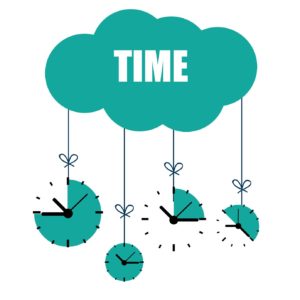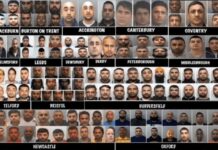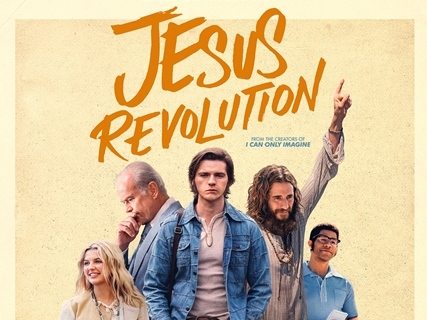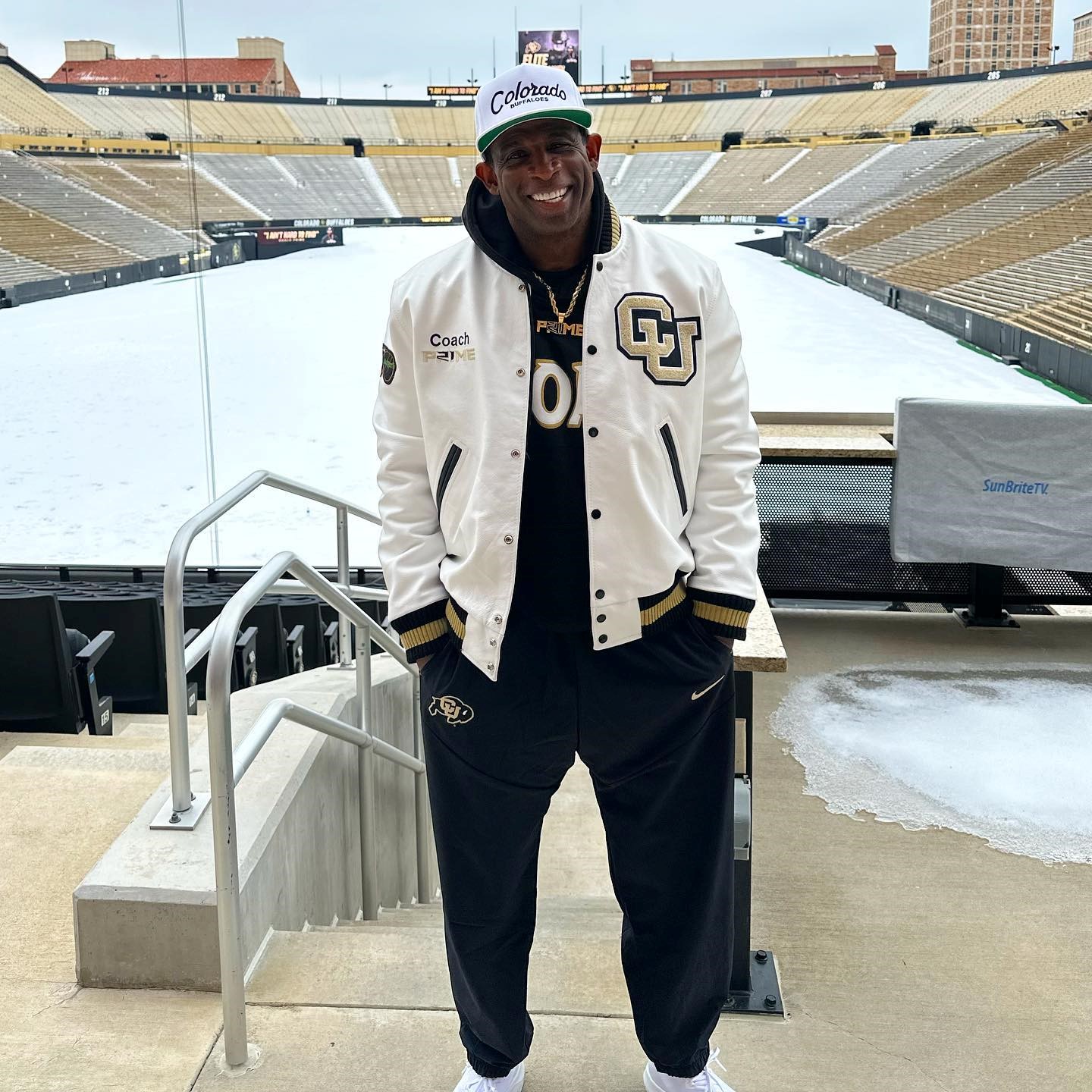Practical advice on seeing Christ in Culture
ALBUQUERQUE, NEW MEXICO—In part 1 of this article I introduced the metaphor of a head-tilt as a means to show interest and engagement within culture. In part 2 I give some practical advice for head-tilters, finding ways to see Christ in culture.
 TILT is an acronym for time, investigate, listen, and tell.
TILT is an acronym for time, investigate, listen, and tell.
T–Time
When acclimating to cultural events—be it art, music, architecture, dance, poetry, drama, lectures, speeches, sculpture, etc.—time is of the essence. First, you must take the time out of your schedule to attend an event. Second, you’ll need to take the time needed to enjoy and learn about the object or event your viewing or listening to. But don’t feel you need to use up countless of hours. Take the time needed let the work infuse your senses, allowing it to say what it needs to say, whether you agree with it or not. If it’s fifteen minutes, fine. If it’s four hours, so be it. But you won’t be a cultural participant if you don’t carve out time to see cultural events. Check local listing for gallery openings, poetry readings, book signings, lectures, education demonstrations, and concerts. Ensure you know the outlets that will afford you inlets to the cultural world.
I make it a practice to check our local newspaper and the alternative press — magazines and printed material produced in the community. Furthermore, with today’s technology, event listings are as close as a click of the finger-through Apps, websites, and various online portals. Most states, cities, counties — and countries, for that matter—have tourism departments that highlight events in a particular region. Look for them.

I-Investigate
Once you have taken the time to participate in cultural events, investigate the artist or event more. Familiarize yourself with their worldview, their likes, and philosophy of life. Before the Internet, one had to go to the library to investigate. Now with the library in your pocket or purse via a phone, one need not take too much extra time to investigate the person, place, or position of a cultural event. Investigation involves a formal inquiry, a discovery and examination. Google defines the verb form of the word as to “make inquires as to the character, activities, or background of (someone).” In short, to investigate means to educate yourself about what you’re embarking on. In a richer way, investigating is about seeking wonder. As Thomas Aquinas reminds us, “Wonder is the desire of knowledge.” I find that I like to put a face to the composition or artwork, the architectural design, wondering about its maker. And wonder brings me closer to God’s world.
Concerning research, as any teacher or library will suggest, there are basic steps to the research process. Here’s one given by the University of Missouri-Kansas City:
- Choose a topic (or in our case, a cultural event).
- Create a research strategy (this involves formulating questions, identifying ideas, and seek to find answers).
- Find information (web, emails, discussion, interviews, etc.)
- Evaluation information (we’ll get to this later in the book).
Now I know not all people or events have information online. If they don’t, then ask around. Go to the library; see if something is written. Talk to people familiar with the topic to get more information. The bottom line is to investigate. And through investigation you’ll discover, educate, and become more knowledgeable, all leading to a pursuit of truth.
 L—Listen
L—Listen
Now it gets interesting. Once you carved out the time and investigated the cultural event, listen to those around you—the curator, your friend, the guide, and the person standing in line, anyone — about the event. Listening is part of learning; and learning helps us discover truth — if it’s there to be found.
Here are few good rules of thumb when listening. First, be respectful and kind, even if you don’t agree with the person or event. Second, check your expectations at the door; make sure you listen before you leave the event or lampoon the event. Third, evaluate what you heard or saw in light of the Bible.
And for some practical listening advice, listen and then:
- Ask questions
- Before you judge or come to firm conclusions.
- Clarify points.
- Interpret what you hear.
- Before you challenge or interrupt.
Now if the cultural event doesn’t verbally talk — like an art exhibit or ballet dance — something more abstract, then listening is still important. Here are some ideas on how to approach art, listening to its medium:
- Form—what does the artwork look like? Does it use shapes, textures, and figures? What medium is used? Canvas? Wood? Sculpture? Dance? Music?
- Balance—is there balance in the composition, or is it offset?
- Color—are the colors bright, subdued, pastel, plain, etc.
- Symmetry—is there perspective? Is the work flat or textured?
- Subject—what is the painting or sculpture of? If abstract, what might the feeling or experience of the painter be?
- Name—what is the name of the piece? Why is it called
Or you might want to approach art as Thomas Aquinas suggests. For Aquinas, the appreciation of art had four properties:
- Actuality—that which is rooted in being, form, and action. Does the artwork have action or being?
- Proportion—this includes harmony and symmetry. Is the work harmonious and symmetrical?
- Radiance—this is what makes the work standout, its unique factors or that which emanates from the object.
- Integrity—this is the wholeness of the object. Is the work integral and complete?
If these suggestions don’t work for you, then turn to Professor Edmund Feldman, who, in 1971, came up with four steps of art appreciation. They include:
- Description: what is seen in the work?
- Analysis: what relationships exist with what is seen?
- Interpretation: what is the content or meaning of what is seen?
- Judgment: what is your evaluation of the work?
Another understanding is that proposed by John Walford, Christian art historian and former professor at Wheaton College. He takes art beyond a simple definition and applies it to larger themes, including: spirituality, the self, nature, and the city. In each of these, he widens the notion of what art is and applies it to our beliefs, our understanding of humanity, how we view nature, and our relationship to technology and the city.
And if you don’t like any of these listening devices, then here’s how art educator and historian, Dr. Terry Barrett, summarizes it: “subject matter + medium + form + context = meaning.”
My point is that there’s lots of ways to listen to something that doesn’t make auditory noises—verbally or musically; we still must listen. The outcome maybe be more complex than “listening” to someone speak; listening engenders an attitude of understanding producing enjoyment and wonder.
T–Tell
After taking the time with the cultural event, investigating it, and listening to it tell others what you learned. Put another way, become a learner by teaching. Telling someone about what you discovered will help you internalize and assess the event more fully. In some parts of the world learning by teaching has become a fine art. A fellow by the name of Jen-Pol Martin has established schools based upon the practice of students teaching lessons in order to learn. I suggest you can use the same practice for cultural events. Tell others what you discovered, whether you liked the event or not. By doing so, you’ll gain a greater awareness into the subject, improving your knowledge and understanding.
To see Christ in culture is to see the God-man in the fabric of His creation, a mystery of the Maker immersed in what He made. Jesus is God incarnate; creation is God’s thoughts made visible. In Jesus the two came together—the Word and world, the human and divine. Jesus Christ is the greatest example of the meeting of the divine with the daily—a conjoining of eternal characteristics with earthly characteristics. Jesus intersects the earthly and everlasting together in a unique way, acting as an example of how we—as people—can find heavenly truths through human endeavors; looking for places where God has left His imprint on individuals and institutions—aka culture. Because Christ walked on the earth and created the earth His footprints can be found. And because Christ is God—the Creator and Sustainer of all things—the prints he leaves can be probed.
Put simply: Creation—culture included—can help make God’s work in the world and word—visible.





